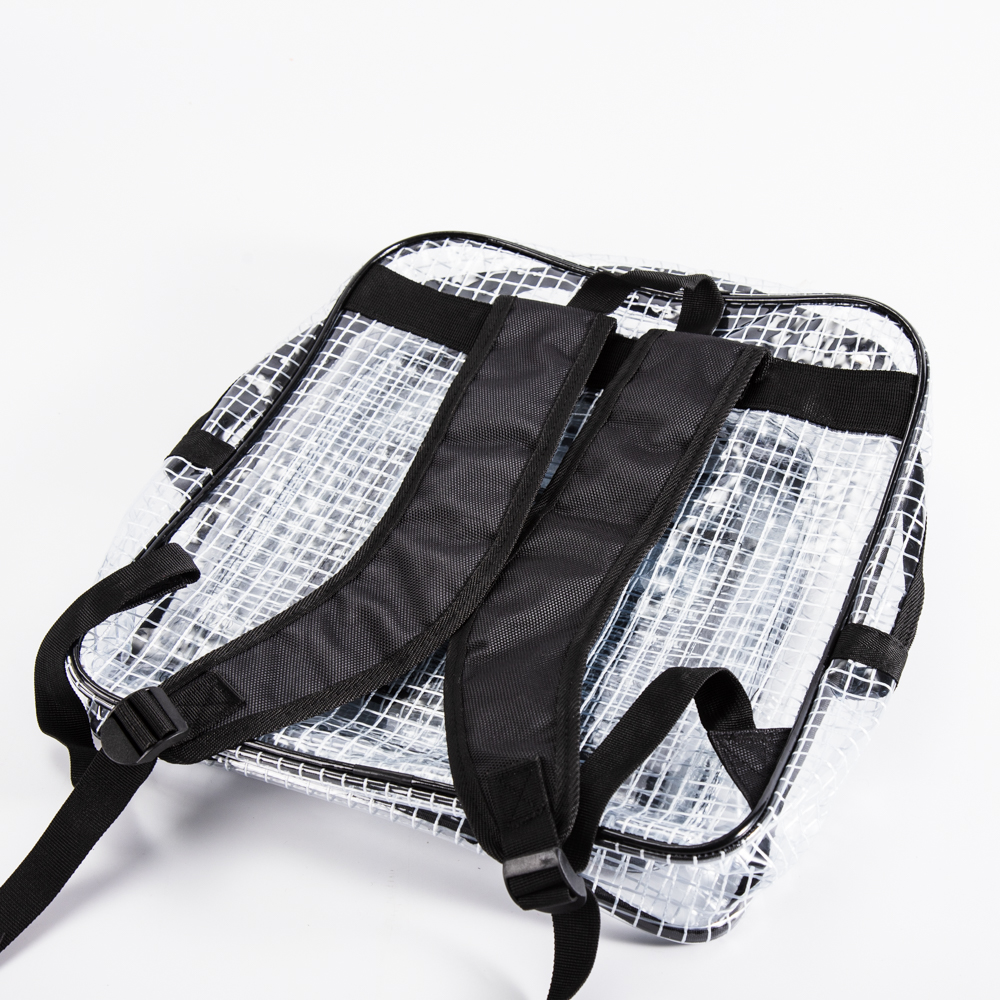Lighting is an essential part of daily life, and in some cases, people choose various types of lights just for aesthetic purposes. However, home lighting doesn't need to be complicated—its main purpose is simply to provide illumination. With the increasing use of lights every day, energy consumption can become quite high, leading to unnecessary waste. So, how can we achieve both energy efficiency and sufficient lighting? Here are some practical tips:
1. Choose the right brightness level. Too low a brightness can harm your eyes, while too high a level leads to wasted energy. For incandescent bulbs, the general recommendation is 2 watts per square meter for bathrooms, 4 watts for kitchens and dining areas, and 8 watts for living rooms and studies. Desk lamps or bedside table lamps can use bulbs ranging from 15 to 60 watts, but it's best to stay under 60 watts. If you switch from traditional incandescent bulbs to energy-saving tubes, a 18-watt LED tube can provide the same brightness as a 40-watt T8 fluorescent lamp. Moreover, with an electronic ballast, the bulb can start at 150 volts and consume only 0.1 watt per hour, making it both energy-efficient and safe.
2. Make use of natural light. If your home has good natural lighting, consider painting walls white or using materials with higher reflectivity. This helps increase the visual comfort of your space and reduces the need for artificial lighting, thus saving electricity.
3. Avoid frequent switching on and off of energy-saving lights. These bulbs consume more power when they first turn on, and each switch reduces their lifespan by about three hours. It’s better to minimize the number of times you turn them on and off. Also, since these lights become more efficient the longer they stay on, if you're going out for less than two hours, it's better to leave them on rather than turning them off and on again.
4. Improve the efficiency of existing lighting systems. Regular cleaning of your light fixtures is essential. Dust accumulation on the bulbs and reflectors can reduce their output. Therefore, it's recommended to clean your lighting fixtures at least every three months to maintain optimal performance.
5. Replace old light bulbs. Consider using newer energy-saving bulbs such as the "tube-in-tube" type. When incandescent or fluorescent bulbs reach 80% of their lifespan, their light output drops to about 85%. It’s wise to replace them before they fail. For large buildings with many lights, regular replacements not only save labor costs but also improve lighting quality and reduce energy use.
6. Use light-colored walls and ceilings. Choosing light colors like white or off-white for your walls, ceilings, and curtains enhances light reflection, improves the diffusion of light, and helps save energy.
7. Upgrade inefficient lighting sources. Replace traditional incandescent bulbs with energy-saving alternatives. Incandescent bulbs consume about three times more energy than LEDs. In areas where lights are used for long periods or switched on and off infrequently, such as living rooms or bedrooms, replacing old bulbs with LED options can significantly cut down on electricity usage.
Energy conservation starts with small steps. Let’s all take responsibility for our environment and make a difference, one light at a time. Together, we can help preserve the planet for future generations.
Cleanroom Backpack Tool Bag
The Anti-static PVC cleanroom backpack tool bag is a bespoke backpack intended for the secure storage and transportation of tools in cleanroom settings, safeguarding them from electrostatic discharge (ESD).
Constructed from PVC - a robust, water-resistant material - the bag also incorporates additives to neutralize static electricity, lending it anti-static properties. Its backpack design ensures that the bag can be comfortably carried on the back, thereby keeping the hands free for work-related tasks.
This bag is perfectly suited for scenarios where electrostatic discharge could potentially damage delicate electronic components and other devices. It is also apt for use in cleanroom conditions that require rigorous minimization of contaminants to preserve high cleanliness standards.
The bags come in a variety of sizes to fit different tool dimensions and volumes. They are designed for effortless cleaning and disinfection. Often equipped with multiple pockets and compartments for efficient organization and secure placement of tools, these bags also feature padded shoulder straps and back support to provide comfort during prolonged use.

Cleanroom Backpack Tool Bag,Clean Room Backpack,Cleanroom Bag,Cleanroom Tool Backpack
ZHANGJIAGANG CITY XIANGLE TOOL CO., LTD. , https://www.xiangletoolbag.com
